 The Keys to Understanding Why Your Food Business Isn’t Growing at the Rate You Expect
The Keys to Understanding Why Your Food Business Isn’t Growing at the Rate You Expect
By Tim Forrest, Transforming Food Brands with Over $20M Raised and Nearly $1B in Growth
Introduction
In the ever-competitive food industry, growth isn’t just a goal—it’s a necessity. But what happens when your food business isn’t scaling the way you envisioned? In my decades of experience, the reasons will fall into three categories: Ignorance, Inertia, and Ineptitude. In this article, we’ll delve into each of these pitfalls and offer actionable solutions, drawing on real-world success stories from my industry giant roots at Nestlé and Unilever.
Ignorance: The Unseen Roadblock
Core Insight
Many food brand owners aren’t fully aware of what their consumers desire, effective marketing strategies, or even where their own operations might be falling short. Additionally, they may be unaware of the demands of chain store buyers and channel requirements.
Suggested Actions
- Listen to Your Consumers: Use consumer surveys and online reviews to understand what your consumers are looking for.
- Track Your Operations: Use simple tracking tools to identify bottlenecks in your business process.
- Understand Channel Requirements: Familiarize yourself with the demands of chain store buyers and the requirements of different sales channels.
- Stay Updated: Keep abreast of industry news through online courses, workshops, or expert advice.
Case Study: Nestlé’s Customer-Centric Approach
Nestlé, a global leader in the food and beverage industry, once faced declining sales in one of their key product lines. They turned the tide by investing in customer surveys and focus groups. The insights gained led to a product reformulation that not only met consumer demands but also revitalized the brand.
Inertia: The Paralysis of Progress
Core Insight
Knowing what needs to be done is one thing; acting on it is another. Some food brand owners don’t act quickly due to limited resources, fear of change, or being too caught up in day-to-day tasks.
Suggested Actions
- Prioritize: Identify the most urgent issues and tackle them first.
- Plan: Make a step-by-step plan to introduce changes over time.
- Collaborate: Consider teaming up with other businesses or experts to share the workload and risks.
Case Study: Unilever’s Agile Response to Market Trends
Unilever faced a challenge with one of their legacy brands that was losing market share. Instead of sticking to the status quo, they acted swiftly by partnering with a popular influencer to revamp the brand’s image. This collaboration not only shared the risk but also accelerated the brand’s return to growth.
Ineptitude: The Execution Gap
Core Insight
Sometimes, actions are taken but they don’t yield the desired results. This could be due to poor planning, lack of know-how, or ineffective leadership.
Suggested Actions
- Self-Assessment: Honestly assess your business’s weak points and areas for improvement.
- Seek Expertise: Bring in outside experts for areas where you lack the skills.
- Measure Success: Use clear goals and performance indicators to keep track of how well your actions are working.
Case Study: Nestlé’s Turnaround Through Expertise
Nestlé once faced a decline in a niche market where they lacked internal expertise. Instead of groping in the dark, they brought in external experts to guide their strategy. Coupled with performance indicators, they were able to measure the effectiveness of their actions, leading to a successful turnaround.
Example Description for Illustrative Purposes:
Company Profile: “HealthyEats” (not actual or real name) is a small-to-medium-sized food company specializing in organic snacks. They have been in business for five years and have a loyal customer base. However, they’ve hit a plateau in sales and are struggling to expand into new markets or retail channels.
Ignorance:
HealthyEats has not kept up with the latest consumer trends in organic foods or the demands of chain store buyers. They are unaware that consumers are now looking for snacks with specific health benefits, like keto-friendly or high-protein options. Additionally, they haven’t researched the requirements for getting their products into larger retail chains, missing out on a significant market.
Inertia:
Even though the management team has heard anecdotally that they should diversify their product range and explore new retail partnerships, they’ve been slow to act. They are overwhelmed with the day-to-day operations and are hesitant to allocate resources for market research or new product development. They stick to their existing, smaller retail channels and product lines because it’s “safer.”
Ineptitude:
HealthyEats finally decides to act by hastily launching a new product without adequate market research or understanding of the retail landscape. The new product fails to gain traction because it doesn’t meet the latest consumer demands for specific health benefits. Additionally, their attempt to enter larger retail chains falls flat due to poor presentation and lack of understanding of the buyers’ requirements.
In this scenario, HealthyEats is caught in a vicious cycle where Ignorance, Inertia, and Ineptitude feed into each other, stalling growth and limiting the company’s potential. They need to address all three issues comprehensively to break the cycle and set the stage for sustainable growth.
Conclusion
Growth is a complex puzzle, but understanding the categories of Ignorance, Inertia, and Ineptitude can help you find the missing pieces. By taking targeted actions based on my experience and learning from industry leaders like Nestlé and Unilever, you can set your food business on a path to sustainable growth.
Ready to transform your food brand and unlock unprecedented growth? Don’t let Ignorance, Inertia, or Ineptitude hold you back. Book a strategy session with us today and let’s set your business on the path to success. Your next level awaits!
👇👇👇
Schedule Your Strategy Session Now


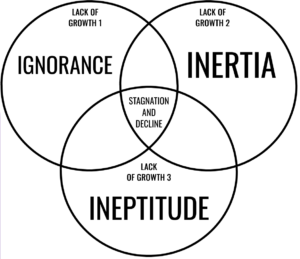 The Keys to Understanding Why Your Food Business Isn’t Growing at the Rate You Expect
The Keys to Understanding Why Your Food Business Isn’t Growing at the Rate You Expect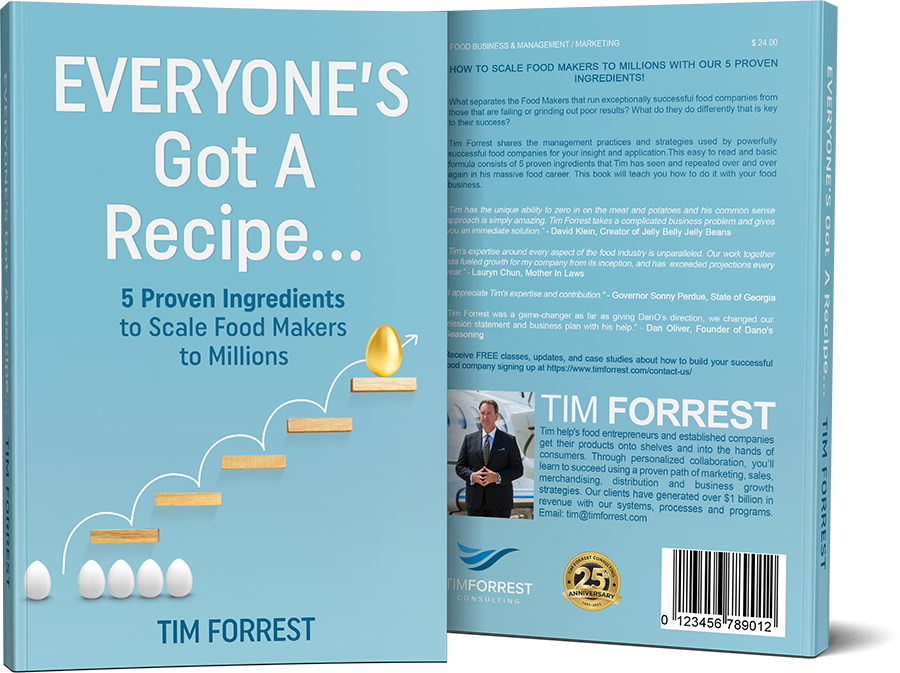










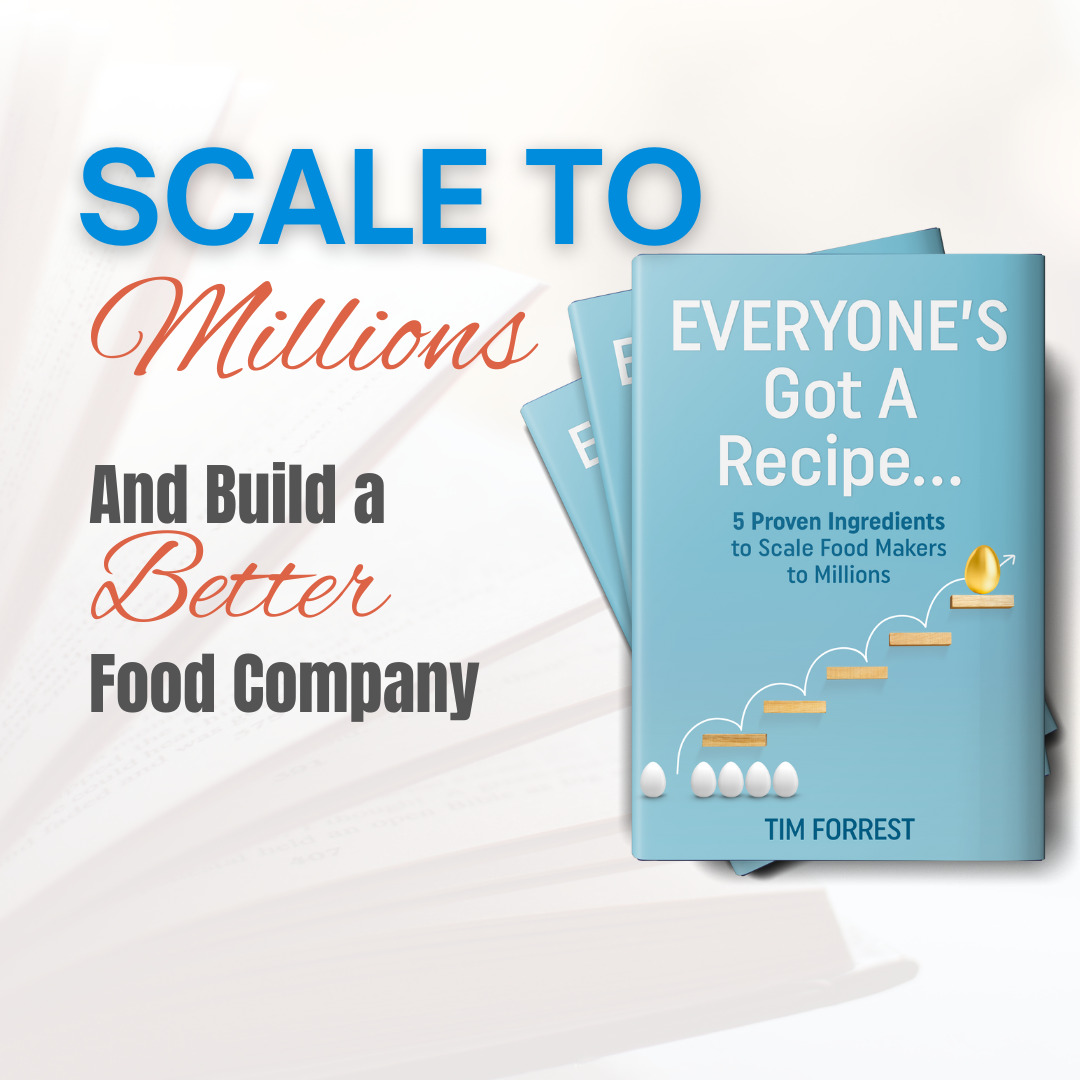



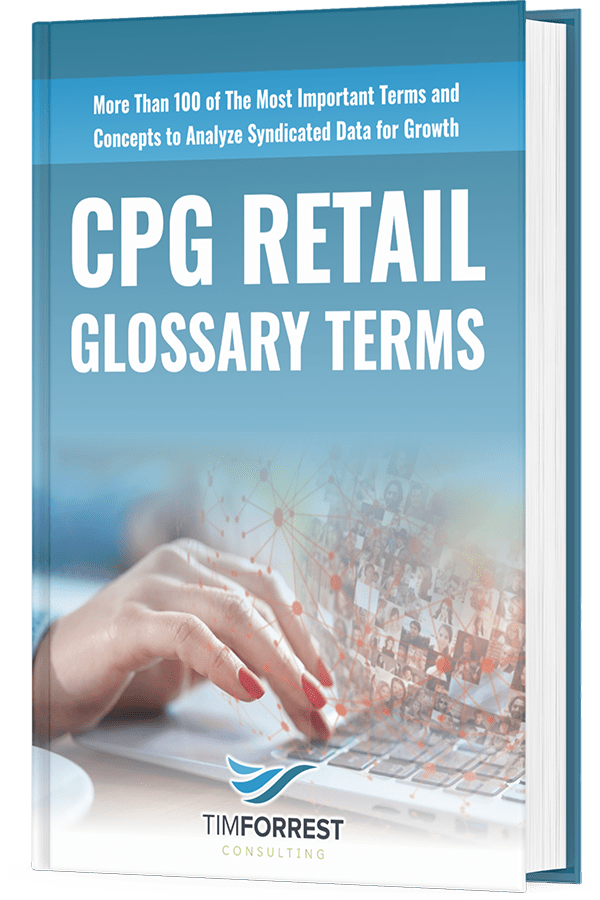
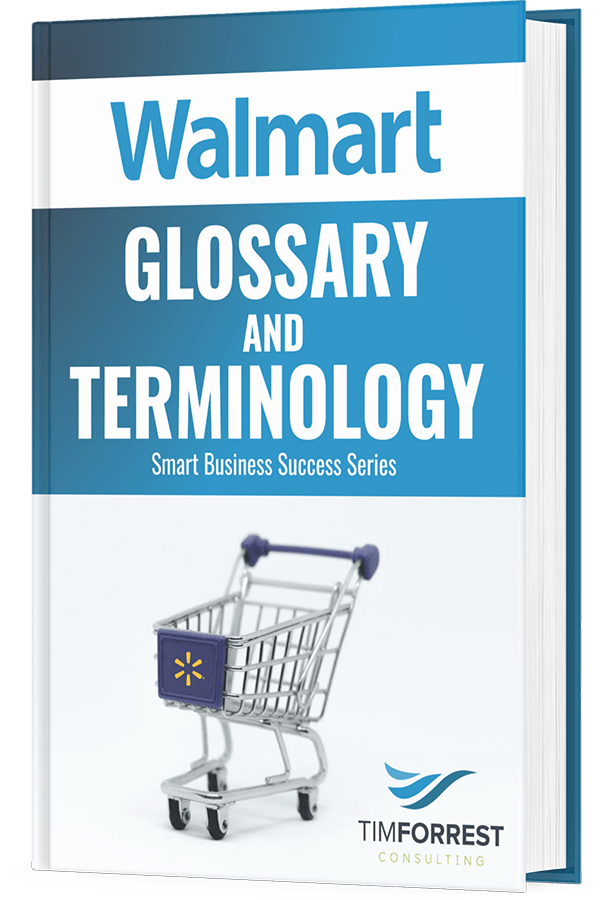
 We help food entrepreneurs and established companies get their products onto shelves and into the hands of consumers. Through personalized collaboration, you’ll learn to succeed using a proven path of marketing, sales, merchandising, distribution and business growth strategies. We’ve generated over $1 billion in revenue and company valuations for our clients. Let us put our expertise to work for you.
We help food entrepreneurs and established companies get their products onto shelves and into the hands of consumers. Through personalized collaboration, you’ll learn to succeed using a proven path of marketing, sales, merchandising, distribution and business growth strategies. We’ve generated over $1 billion in revenue and company valuations for our clients. Let us put our expertise to work for you.





